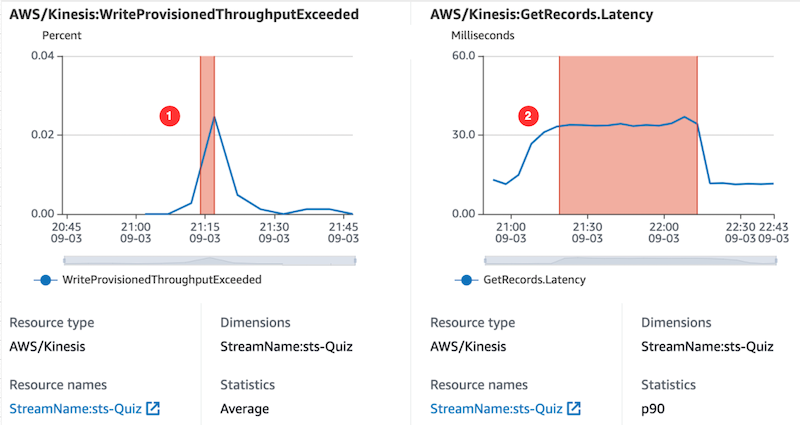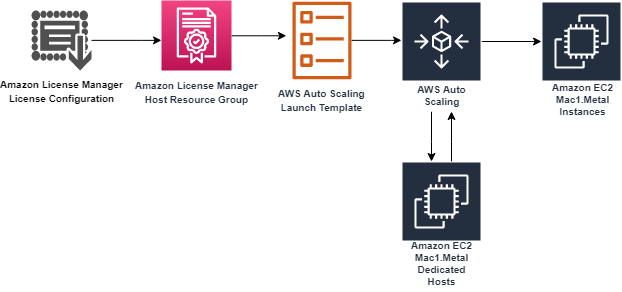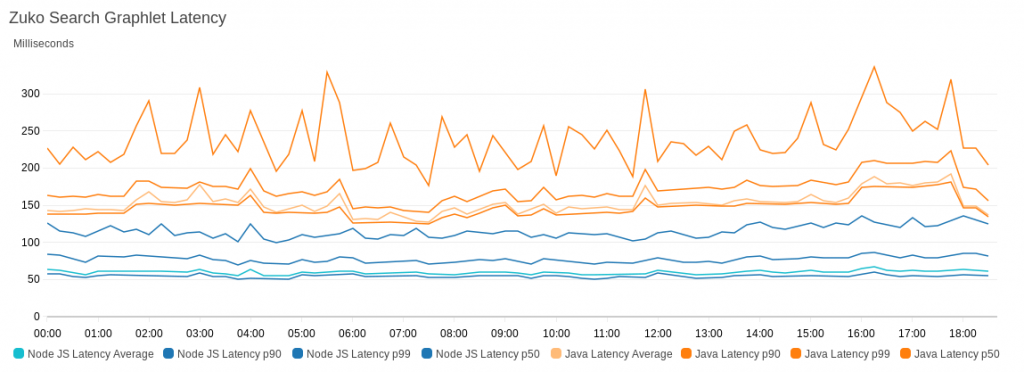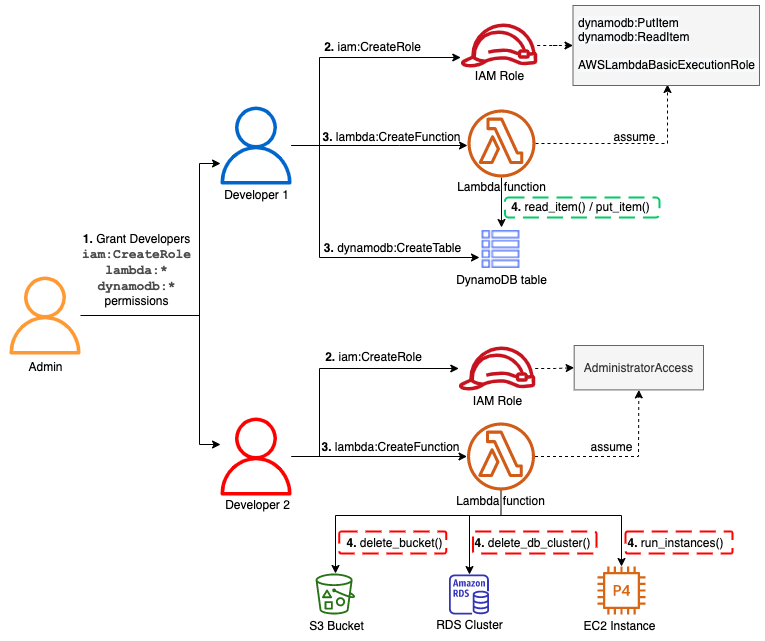AWS Compute Blog
Category: Management Tools
Capturing GPU Telemetry on the Amazon EC2 Accelerated Computing Instances
This post is written by Amr Ragab, Principal Solutions Architect EC2. AWS is excited to announce the native integration of monitoring GPU metrics through the CloudWatch Agent. Customers can now easily monitor GPU utilization and its memory to scale their workloads more effectively without custom scripts. In this post, we’ll describe how to allow GPU […]
Choosing the right solution for AWS Lambda external parameters
This post is written by Thomas Moore, Solutions Architect, Serverless. When using AWS Lambda to build serverless applications, customers often need to retrieve parameters from an external source at runtime. This allows you to share parameter values across multiple functions or microservices, providing a single source of truth for updates. A common example is retrieving […]
Automate the Creation of On-Demand Capacity Reservations for running EC2 instances
This post is written by Ballu Singh a Principal Solutions Architect at AWS, Neha Joshi a Senior Solutions Architect at AWS, and Naveen Jagathesan a Technical Account Manager at AWS. Customers have asked how they can “create On-Demand Capacity Reservations (ODCRs) for their existing instances during events, such as the holiday season, Black Friday, marketing […]
Creating computing quotas on AWS Outposts rack with EC2 Capacity Reservations sharing
This post is written by Yi-Kang Wang, Senior Hybrid Specialist SA. AWS Outposts rack is a fully managed service that delivers the same AWS infrastructure, AWS services, APIs, and tools to virtually any on-premises datacenter or co-location space for a truly consistent hybrid experience. AWS Outposts rack is ideal for workloads that require low latency […]
Expanding Your EC2 Possibilities By Utilizing the CPU Launch Options
This post is written by: Matthew Brunton, Senior Solutions Architect – WWPS To ensure our customers have the appropriate machines available for their workloads, AWS offers a wide range of hardware options that include hundreds of types of instances that help customers achieve the best price performance for their workloads. In some specialized circumstances, our […]
AWS Compute Optimizer supports AWS Graviton migration guidance
This post is written by Letian Feng, Principal Product Manager for AWS Compute Optimizer, and Steve Cole, Senior EC2 Spot Specialist Solutions Architect. Today, AWS Compute Optimizer is launching a new capability that makes it easier for you to optimize your EC2 instances by leveraging multiple CPU architectures, including x86-based and AWS Graviton-based instances. Compute […]
Building a serverless multi-player game that scales: Part 3
This post discusses how to perform a load test on a serverless workload. The process was used to validate a scale of Simple Trivia Service, a single- and multi-player game built using a serverless-first architecture on AWS.
Implementing Auto Scaling for EC2 Mac Instances
This post is written by: Josh Bonello, Senior DevOps Architect, AWS Professional Services; Wes Fabella, Senior DevOps Architect, AWS Professional Services Amazon Elastic Compute Cloud (Amazon EC2) is a web service that provides secure, resizable compute capacity in the cloud. The introduction of Amazon EC2 Mac now enables macOS based workloads to run in the AWS Cloud. […]
Monitoring and tuning federated GraphQL performance on AWS Lambda
There are multiple factors to consider when tuning a federated GQL system. You must be aware of trade-offs when deciding on factors like the runtime environment of Lambda functions. An extensive testing strategy can help you scale systems and narrow down issues quickly. Well-defined testing can also keep pipelines clean of false-positive blockages.
Operating serverless at scale: Keeping control of resources – Part 3
This post describes guardrails that you can set up in your accounts or across the organization to keep control over deployed resources. These guardrails can be more or less restrictive according to your requirements.









